Since Phase One announced the new IQ260, the majority of the talk has been about the use of this new back with long exposures, exposures up to 1 hour in length. One aspect is the use of this back in night photography, where the photographer is working to capture the movement of the earth against the stars in the night sky which creates star trails. If you dial down in to the features of the IQ260, you will find that it is going to operate pretty much the same way the older P45+ did, expect it will be using a higher base iso of 140. If you have done a lot of night photography (I have logged hundreds of hours maybe over a thousand in the past 4 years) you may want to consider some of the points I have brought up.
I have been fascinated by the idea of longer exposures since I started in photography over 30 years ago. More recently my interests moved to long exposures of the night sky of 1 hour or longer. Needless to say, when Phase One first announced the P45+ back in late 2007 I was quick to get on board, as it was really the 1st true digital camera that could handle this. Yes the first. Consider what was out there on the market in the Canon DSLR lineup. The Canon 1ds MKIII was announced but still not shipping the Canon 1ds MKII could barely handle iso 800 and no way could it do a exposure close to 1 hour long. The Canon 5D MKI was on the market and amazing folks with it’s clean files but it still had trouble when moving into longer exposures than 10 minutes. Nikon I believe still did not have the D700 on the market and none of their pro bodies marketed at the time would get a clean 1 hour exposure. So when Phase One announced 1 hour, on a CCD it was big news. Of course it didn’t happen until much later, more like mid 2008 and it took Phase One a few upgrades to get there, but they did it. More importantly, it worked, and worked quite well within some limitations.
- Iso 50 only for exposures 30 minutes or longer
- Outdoor ambient temperature max 69 degree F for 1 hour exposures
- Lower humidity the better
- Mandatory dark frame after each long exposure (Long Exposure Noise Reduction)
- No more than 2 long exposures of 40 minutes or longer per battery
I was able to work within these limitations, some of which I found out about as I went out and started shooting, mainly the outdoor temperature limitations. Trust me, if you try it past 69 degrees you will get a ruined image. However during this time the DSLR world caught up with Phase One and quickly passed them with newer CMOS solutions. All of a sudden, Canon had the 5D MKII and it truly was a wonder camera. The 5D MKII set down some baselines in both noise and exposure length, standards that are still being used today 5 years later.
Canon allowed you to have a 22mp sensor in CMOS that would take a exposure as long as you wanted, (within reason is about 4 hours). You still had to take a dark frame after this shot, but that is pretty much the norm on any exposure this long. If you need to go longer, it’s back to film. Canon did however allow you to control the LEN (Long Exposure Noise Reduction). So for shorter exposures, you could elect to turn it off. I believe Canon was the first camera company to allow this, quickly followed by Nikon and Sony. One of the main reasons this is important is that if you are a night photographer, the best way to capture the night sky in by stacking. Stacking allows you to work with ambient moonlight. This moonlight will both illuminate the foreground of your shot so you have a true landscape image and it gives the night sky a wonderful blue hue. If you leave the camera open for just one long exposure, your night sky will be overexposed and thus only the brightest stars will show. So I quickly learned that stacking was the way to go for my work.
I was enamored enough by Phase One and the P45+ to continue to work with it in my night photography. However with stacking the Phase One solution begins to have some pretty harsh limitations.
- the mandatory dark frame creates gaps in the star trails
- no interval timer for the Mamiya/Phase one camera body
- lack of corner sharpness with most Mamiya/Phase One wide angle lenses
- quick fall off of image quality with increases in iso past 50
Let me examine each of these in more detail.
1. Mandatory dark frame creates gaps in the star trails. This is a big problem. Stacking requires that you figure out the best combination of iso, aperture and exposure for the specific night. This will always be different due the amount of moonlight available. For example a on a recent night shoot I found the combination to be iso 400, F4.5, for 2 minutes. The best aperture for star work would be fully wide open, however no lens I have works that well wide open, so I tend to shoot at F3.2 to F5. If you go any higher you will start to miss the faint stars. This an easy solution for any current Nikon or Canon DSLR body, however with the P45+ or IQ260 you are going to be locked into a mandatory dark frame after each shot. So here I would have 2 minute gap between each exposure. This will ruin the flow of the star trails. However there are 3rd party software applications out there that will fix this. I have found they don’t play well with medium format lenses and I was never able to figure out the correct FOV to get the software to work. This issue quickly made me move back to a single continuous exposure with a Phase One back.
2. No interval timer for the Mamiya/Phase One camera body. The only remote for the Phase One DF body is a basic single fire remote. You can lock it for a longer exposure, but you can’t set it to take intervals which is necessary for stacking. Thus you have to either hold it down for 2 minutes, and release, or lock it and watch a timer for 2 minutes. Trust me over time say 40 minutes, you will make mistakes and end up not getting a even exposure process. This is an issue around the medium format camera body, so no matter which digital back you use, P45+ or IQ260, you will have to manually control it.
3. Lack of corner sharpness with most Mamiya/Phase One wide angle lenses. This is just a given and the main reason I moved over to a tech camera for medium format as most of my photography requires wide angle lenses. With night photography you are after the sky as your main subject which main you need to lead with a wide angle lens. You need to use as large an aperture opening as you can within reason. The Mamiya 35mm F3.5 is really soft at F3.5 and does not really begin to get sharp until F8. At F8, you will miss most of the stars in the sky. The Mamiya 45mm F2.8 has the same problems I briefly tried the Mamiya 28mm F4.5 but it really has trouble wide open and mine would not get sharp on the corners until F11. With DSLRs you have a lot more lenses to try and odds are you will find one that will get the job done. For example the Samyang 14mm F2.8 has really shown that it can get the job done from F4 on up and it costs less than $400.00.
4. Quick fall off of image quality past the base iso of 50. Phase One pretty much designed the longer exposures on the P45+ around iso 50. You could try it longer at iso 100 and iso 200, but by 200 you were picking up dark spots on the sensor. These are not really noise but some form of digital reticulation. I will get these same spots on Canon imagers when they start to get hot or are working in really hot evening temperatures past 85 degrees F. These dark spots will ruin your image as nothing will really remove them. You also will start to pick up enough noise that the quality of the image is compromised. The iso 50 limitation was the other main reason I moved back to DSLR 35mm cameras since many times I will need to stack at iso 400 and sometimes as high as iso 800 which is beyond the realm of the P45+. The newly announced IQ260 may handle this a bit better since it moves up to iso 140 when you start to take a longer exposure.
My point of all of this, is when you move away from the marketing hype and start working with long exposures of the night sky, you will start to realize that you are going to limit yourself to very specific shooting situations with a medium format digital back. I am still hoping that with the new CCD sensor in the IQ260, photographers may be able to gain as much as 1.5 to 2 stops on range in the lower iso ranges of 50 t0 200. The fact that the IQ260 is showing very good results up to 8 minutes in current testing is promising. However I am much more interested in see exposures of 1 minute or less at iso 50 to determine if the shadow noise is less than what is contained in the current IQ160.
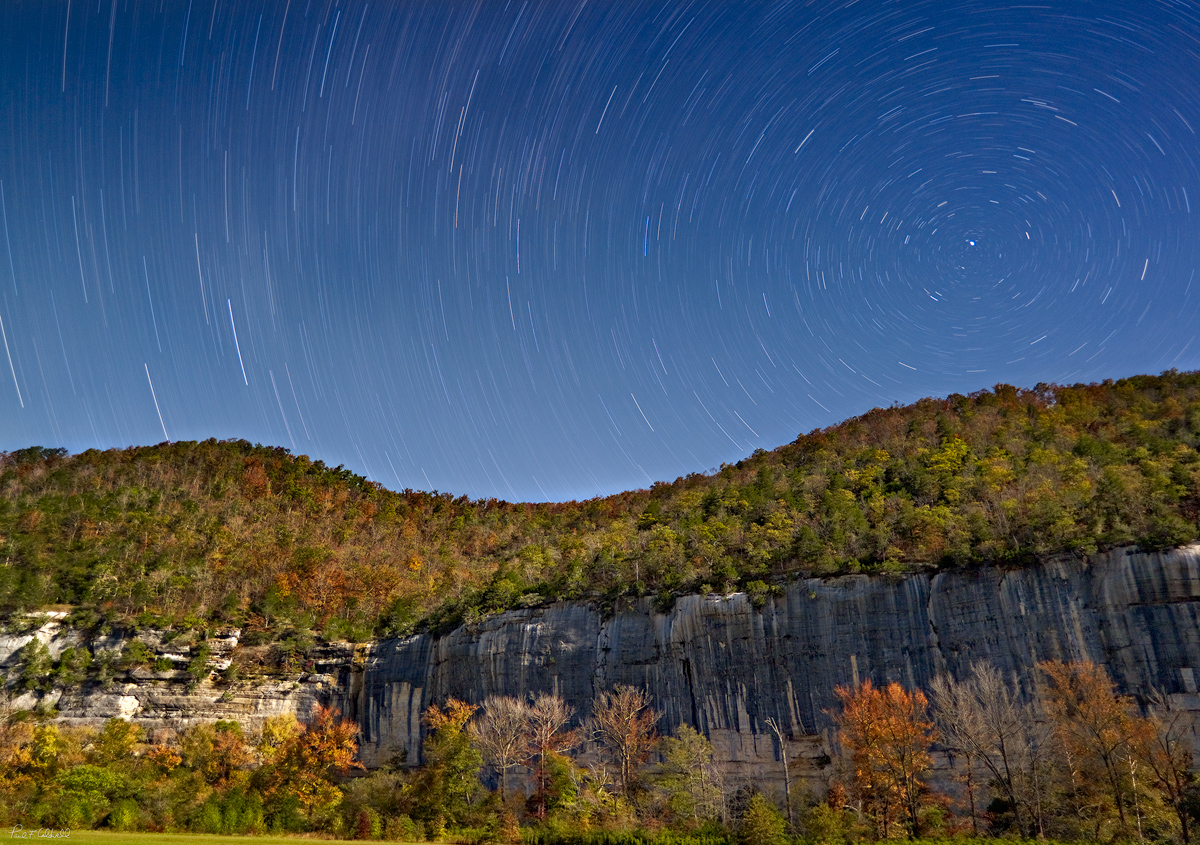
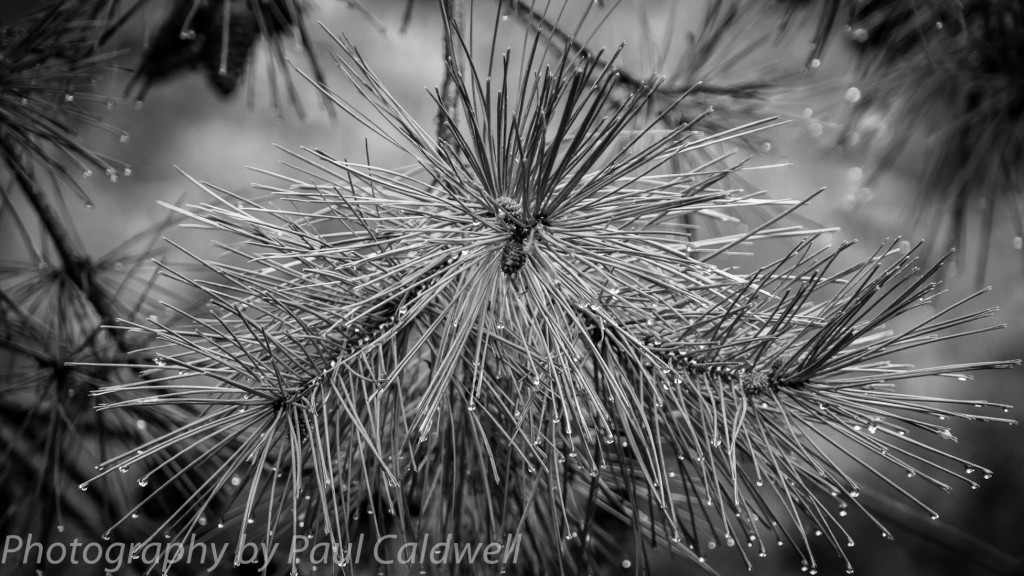
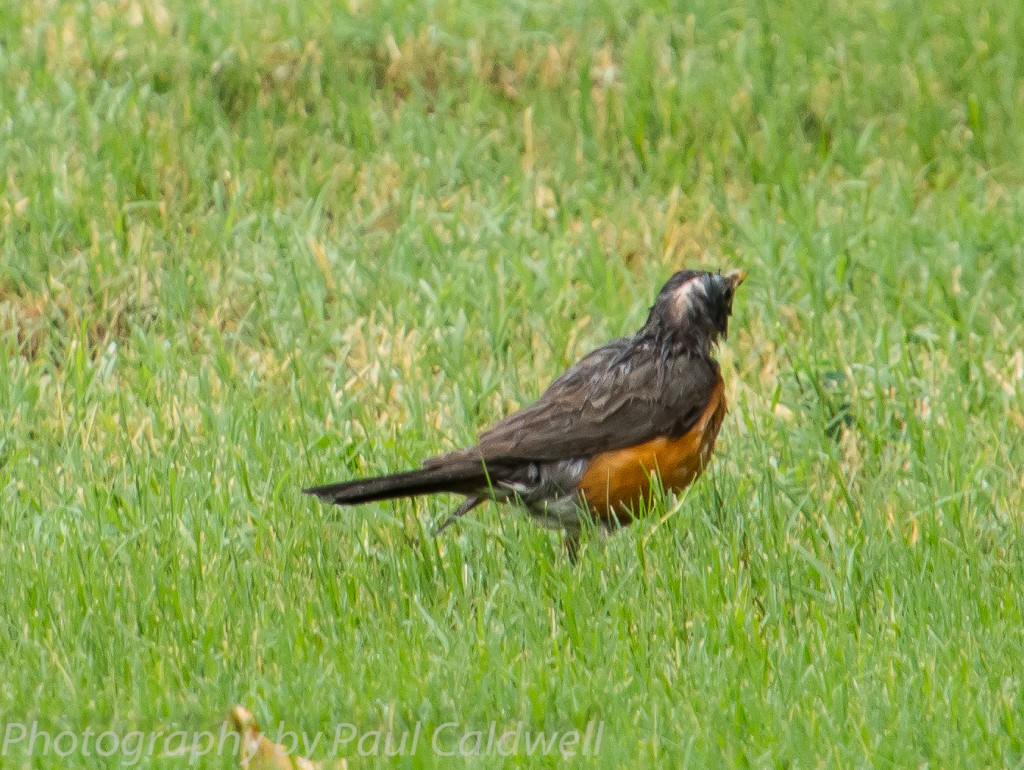
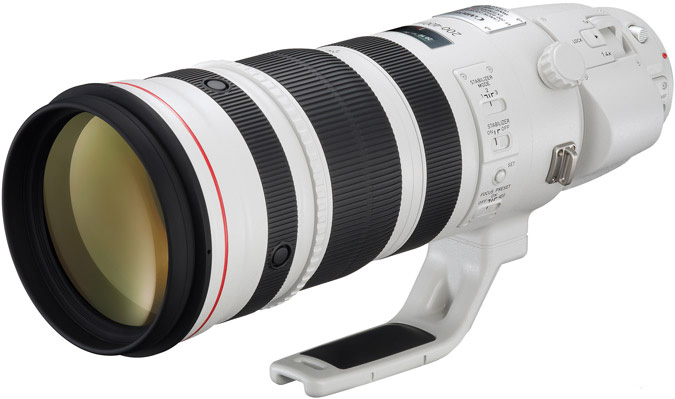
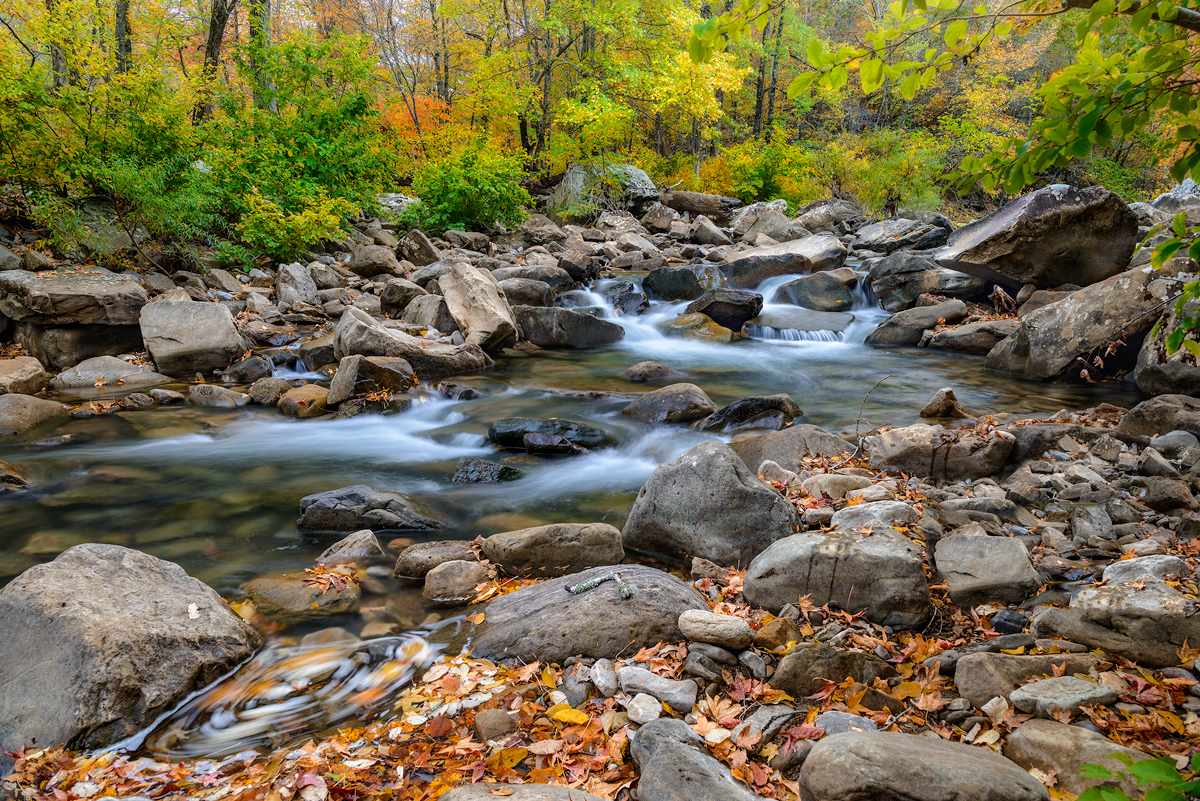
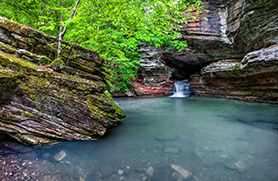
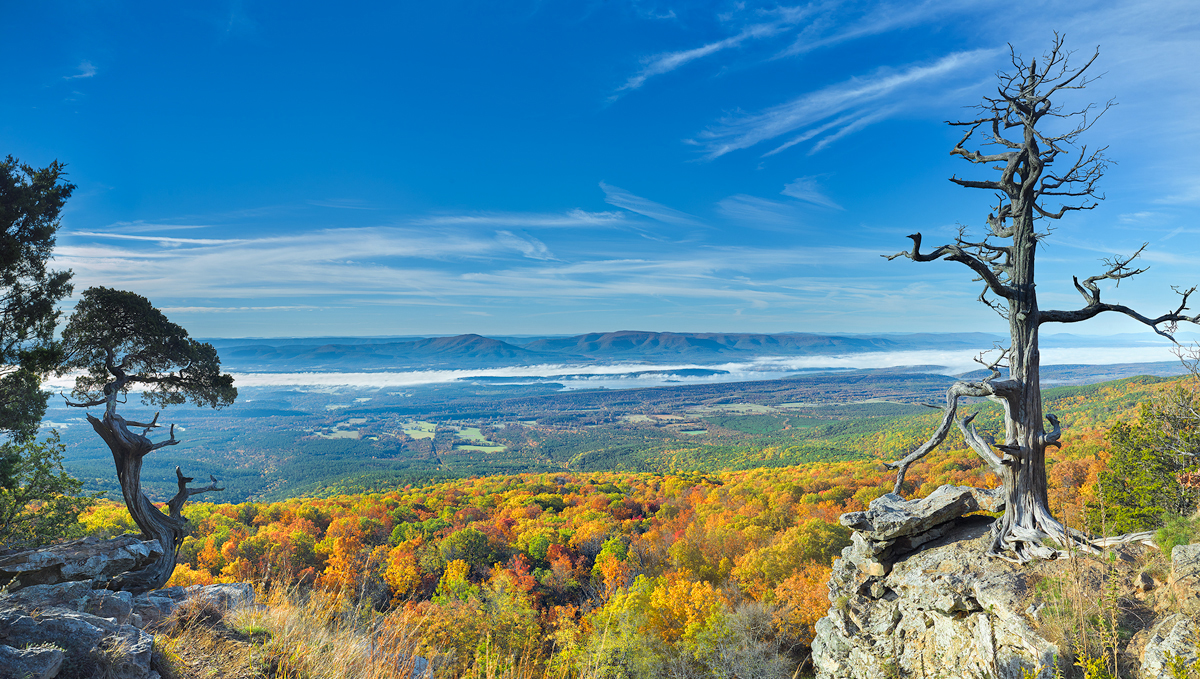
Recent Comments